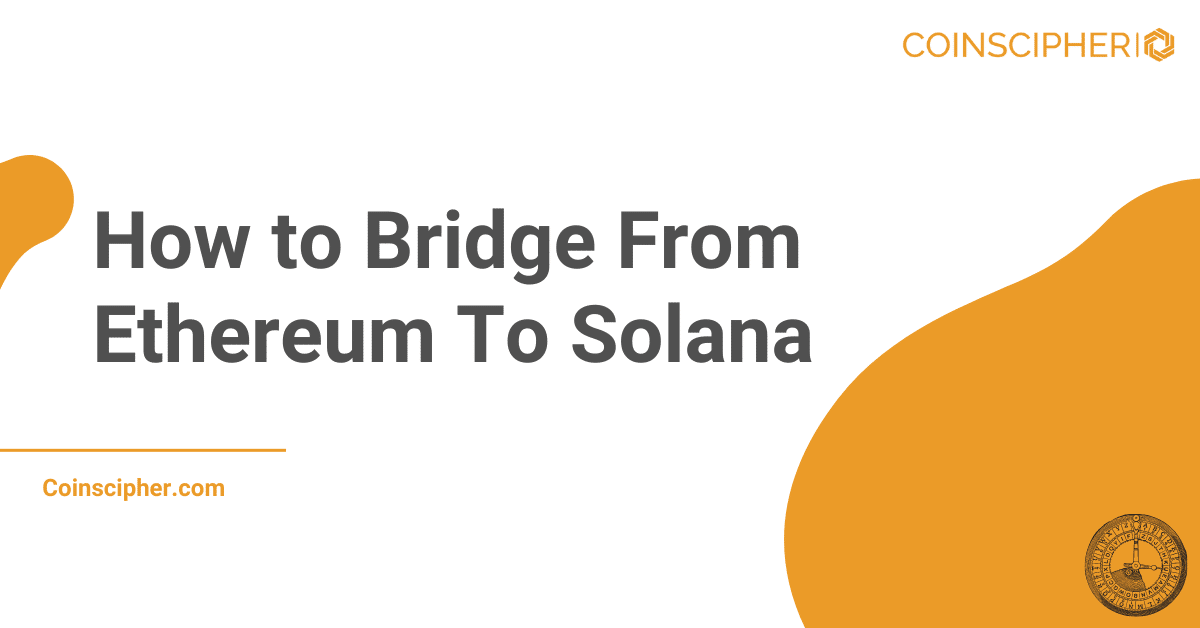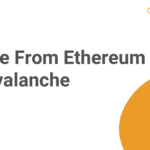The rapidly evolving world of cryptocurrencies and blockchain technology has brought numerous platforms with distinct features and capabilities. Ethereum, with its innovative smart contracts, became the go-to platform for decentralized applications and tokenization. However, Solana, a rising contender in the space, offers impressive high-throughput scalability and low transaction fees, attracting developers and users alike.
As more projects migrate or opt for Solana, the need for interoperability rises, bridging Ethereum and Solana ecosystems to facilitate seamless asset and data transfers. This article explores the fundamentals of bridging assets from Ethereum to Solana and the underlying mechanisms, benefits, and challenges that come along with the process.
Key Takeaways
- Bridging Ethereum and Solana enables seamless asset transfers and data sharing between the two networks
- Interoperability supports the growth of the decentralized space by ensuring asset fluidity and encouraging innovation
- Numerous projects are successfully demonstrating the advantages of the Ethereum-Solana bridging mechanism, pioneering the future of cross-chain communication
Bridging from Ethereum to Solana
Ethereum has undoubtedly been a significant player in the world of blockchain and has laid the foundation for decentralized applications, smart contracts, and the DeFi ecosystem. As the demand for faster, more scalable, and cost-effective solutions grows, platforms like Solana are seen as potential alternatives. Consequently, a Bridge from Ethereum to Solana is becoming increasingly important for seamless asset transfers and interoperability between the two networks.
When it comes to transferring your assets from Ethereum to Solana, you’ll find the process relatively straightforward. This is due to the advances made in cross-chain bridges that facilitate secure and efficient migration of assets between different blockchain networks. In this context, two noteworthy projects are the Bridge to Fantom and How To Bridge Assets From BSC To Ethereum, both of which have demonstrated the possibilities of bridging technologies.
Solana has become an ideal destination for those looking to Bridge From Ethereum To Solana due to its high scalability, low transaction fees, and rapid confirmation times. As a result, several bridges have been developed to facilitate the seamless transfer of assets between Ethereum and Solana.
How To Bridge From Ethereum To Solana
To bridge from Ethereum to Solana, you need to follow some simple steps. Before you start, ensure you have wallets set up on both networks, with sufficient ETH (Ethereum) and SOL (Solana) for transaction fees.
- Choose a bridging platform. Several platforms facilitate the bridge from Ethereum to Solana, such as:
- Wormhole (https://wormholebridge.com/)
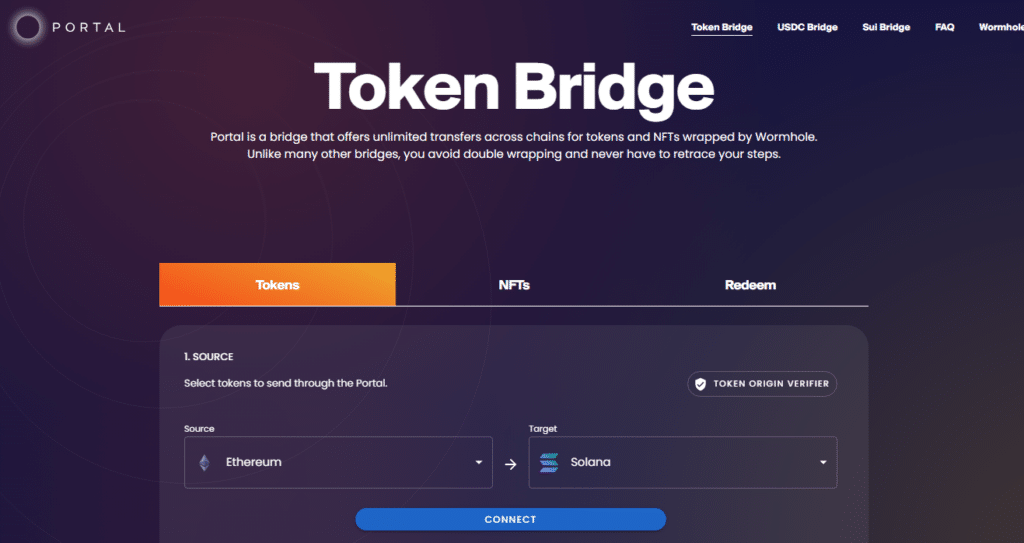
- Allbridge (https://allbridge.io/)
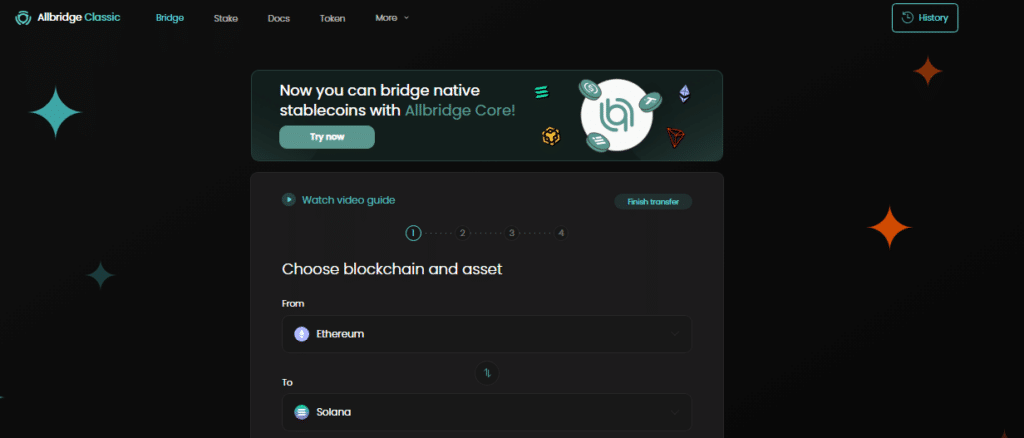
- Saber (https://saber.so/)
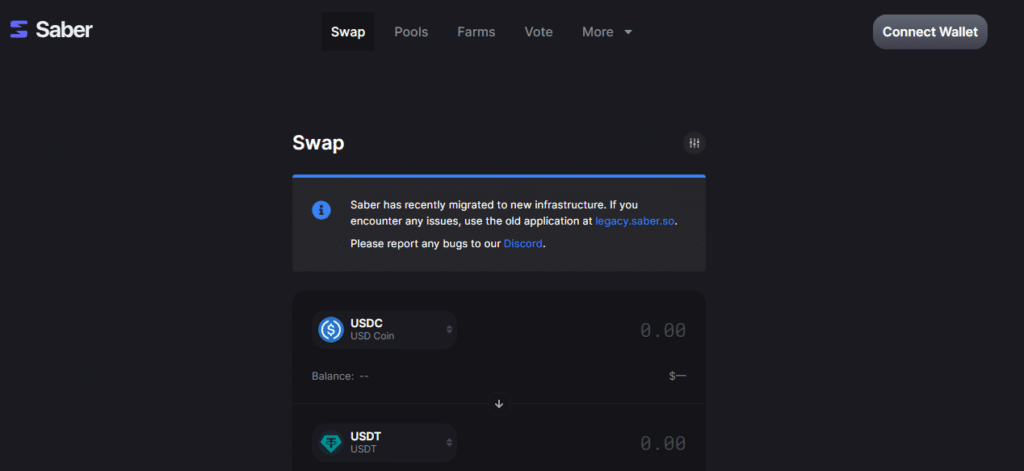
Each platform may have its own additional requirements or fees, so research accordingly before choosing one.
- Connect your Ethereum wallet. Once you’ve chosen a platform, connect your Ethereum wallet where you store the assets you wish to bridge. Most platforms support a variety of wallets, such as MetaMask or Ledger.
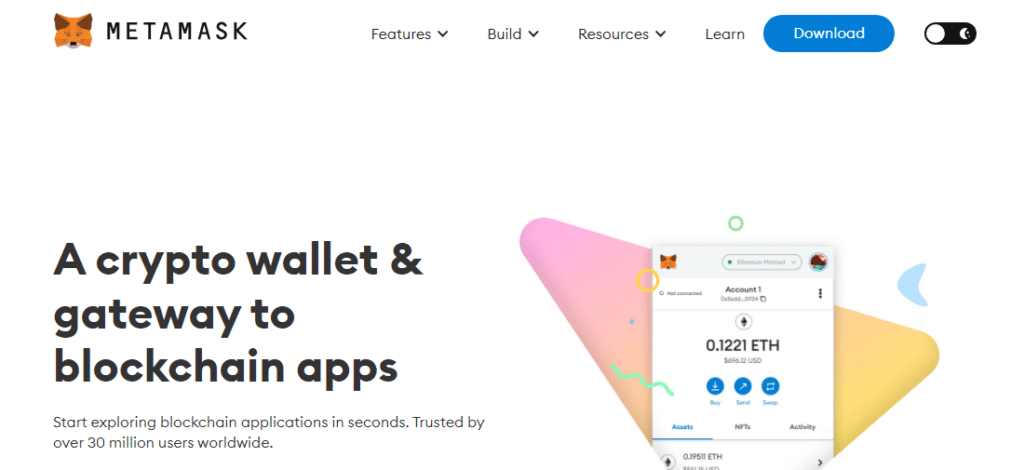
- Select the tokens to bridge. Choose the Ethereum-based tokens you want to bridge to Solana. For example, bridging ETH to wrapped ETH (wETH) on the Solana network. Verify if the platform supports the token you want to transfer.

- Specify the quantity to bridge. Input the amount of tokens you’re planning to bridge over from Ethereum to Solana. Be conscious of the minimum and maximum limits for bridging and the associated transaction fees.
- Confirm the transaction: Most platforms will provide a summary of the bridging details. Review them carefully before initiating the transaction. Confirm the transaction within your Ethereum wallet and pay the necessary transaction fees.
Concept of Interoperability
Interoperability is a fundamental concept that enables seamless communication between various blockchain networks like Ethereum and Solana. It is essential to bridge assets and extend the usability of different tokens and smart contracts across multiple networks.
The reason behind the need for interoperability is the decentralized nature of blockchains. Each blockchain platform has its unique consensus mechanism, tokens, and smart contracts. This diversity can lead to barriers when users want to transfer assets or execute transactions on different blockchain networks.
Bridge Mechanism
The bridge from Ethereum to Solana is a powerful tool that allows you to transfer assets seamlessly across two different blockchains. Before you start using this bridge, you should understand how it works at a high level.
The primary function of the bridge mechanism is to lock your assets on the source blockchain (in this case, Ethereum) and mint equivalent tokens on the target blockchain (Solana). The reverse process is also possible, where assets are burned on Solana and unlocked on Ethereum. This process is decentralized and is managed by a network of validators ensuring assets’ safety and integrity.
As a user of the bridge from Ethereum to Solana, you should also be aware of other bridging options.
Underlying Technology
The underlying technology of the bridge is built upon secure, decentralized protocols for asset transfer. It is essential to understand these components for a complete understanding of the bridge from Ethereum to Solana.
First, smart contracts play a crucial role in both Ethereum and Solana. On Ethereum, the contract locks your assets, while on Solana, the contract mints equivalent tokens. These contracts are designed to handle multiple token types and ensure a smooth and secure transfer process.
Next, validators ensure the bridge’s decentralization, with each validator independently monitoring and verifying transactions across the bridge. These validators also maintain consensus on both Ethereum and Solana, adding an extra layer of security against manipulation or malicious actions.
Lastly, for asset transfers to be seamless and efficient, the bridge relies on high-performance serialization and deserialization libraries. These libraries enable fast and accurate communication between Ethereum and Solana, making the entire process as smooth as possible.
Benefits of Bridging
1. Efficiency Gains
Solana’s blockchain architecture allows for faster transaction times and lower fees than Ethereum. This translates to a seamless experience for users. A straightforward and user-friendly method is essential when setting up a bridge from Ethereum to Solana.
2. Expanding Ecosystem
Bridging from Ethereum to Solana will help expand the DeFi ecosystem. Solana has grown in popularity and continues to develop new projects and partnerships. Connecting Ethereum’s vast range of tokens and dApps to Solana’s rapidly expanding infrastructure will further promote interoperability between blockchains. Your assets will have access to a broader range of services and opportunities as you bridge from Ethereum to Solana.
Challenges in Bridging
1. Technical Hurdles
Bridging from Ethereum to Solana presents several technical challenges. The two blockchains operate on different consensus mechanisms: Ethereum uses Proof-of-Work (moving to Proof-of-Stake) while Solana uses Proof-of-History. This fundamental difference creates compatibility issues that need to be addressed.
Additionally, both blockchains have different programming languages and smart contract platforms. Ethereum uses Solidity for its smart contracts while Solana uses Rust. Bridges between these two platforms require the creation of compatible smart contracts and cross-chain communication mechanisms.
Finally, the latency and throughput of Ethereum and Solana differ significantly. This affects the speed and efficiency of cross-chain transactions, necessitating proper synchronization, monitoring, and timing to ensure a seamless transfer of assets.
2. Security Considerations
When building a bridge from Ethereum to Solana, security should be a top priority. There are several security risks to consider, such as:
- Smart contract vulnerabilities: Cross-chain bridges rely on smart contracts to lock and release assets, making them potential targets for exploitation. To mitigate this risk, the bridge’s code should be thoroughly audited and tested.
- Centralization risks: Some bridge designs rely on a centralized control mechanism, such as trusted custodians or multi-sig wallet contracts. This kind of centralization can lead to a single point of failure, making it crucial to design decentralization into the bridge architecture.
- Front-running attacks: Due to Ethereum’s public mempool, transactions can be monitored and maliciously reordered or manipulated which can result in front-running. An Ethereum-Solana bridge should protect against these attacks by implementing solutions like batched transactions or transaction privacy.
Frequently Asked Questions
What is the process of bridging ERC20 tokens to Solana?
To bridge ERC20 tokens from Ethereum to Solana using Wormhole or similar bridges, you generally follow these steps:
1. Connect your wallet (e.g., Metamask for Ethereum and Phantom for Solana).
2. Select the ERC20 token on the Ethereum network you want to bridge.
3. Choose Solana as your target network and input the amount.
4. Confirm the transaction and pay any required fees.
5. The bridged assets will be available on your Solana wallet as SPL tokens.
Are there any alternatives to Wormhole for Ethereum-Solana bridging?
How do I swap ETH for SOL using a bridge?
To swap ETH for SOL using a bridge like Wormhole, follow these steps:
1. Visit the bridge’s website and connect your wallet.
2. Select Ethereum as the source network and choose ETH as the token to send.
3. Set Solana as the target network and input the amount of ETH you want to swap.
4. The bridge will automatically convert ETH to wETH, an ERC20 version of ETH.
5. Confirm the transaction, pay the fees, and receive SOL as an SPL token in your Solana wallet.
What are the fees involved in transferring assets from Ethereum to Solana?
When you bridge assets from Ethereum to Solana, you need to consider two types of fees: Ethereum gas fees and bridge fees. Ethereum gas fees are required to process your transaction on the Ethereum network and can vary depending on network congestion. Bridges like Wormhole charge a minimal fee, typically around 0.0001 SOL, to cover the transactions on the Solana network.
Can I bridge from Solana to other blockchains like BSC or Arbitrum?
Yes, you can bridge assets from Solana to other blockchains like Binance Smart Chain (BSC) or Arbitrum. To do so, use a multi-chain bridge like AllBridge which supports multiple blockchain networks.
Conclusion
The Bridge from Ethereum to Solana has gained significant attention and adoption due to its potential to bring scalability, low transaction fees, and fast transaction speeds to the world of decentralized finance (DeFi). As you explore this solution, keep in mind available resources for additional options and the guides for relevant comparisons.


